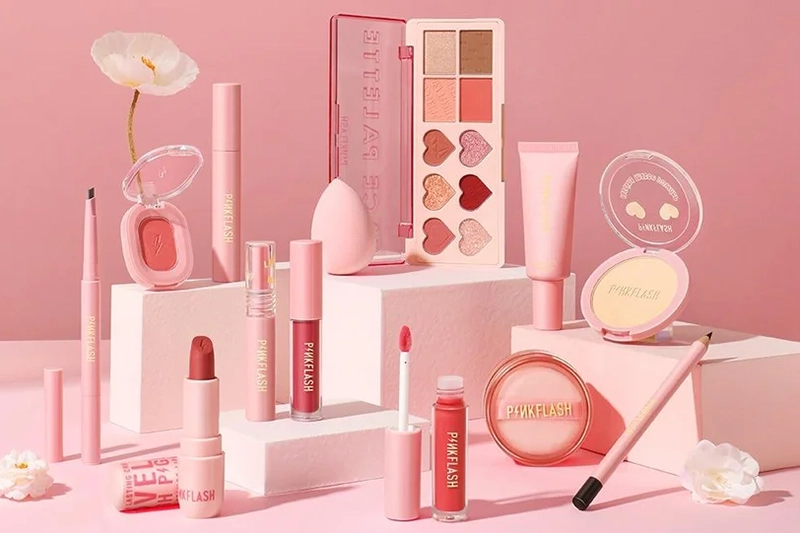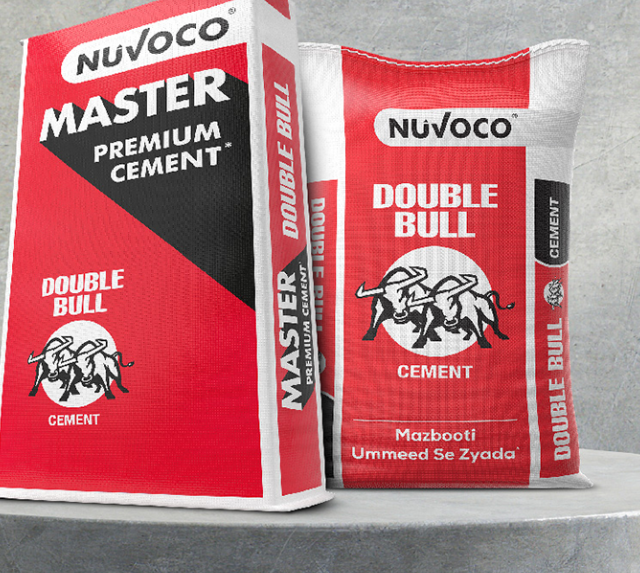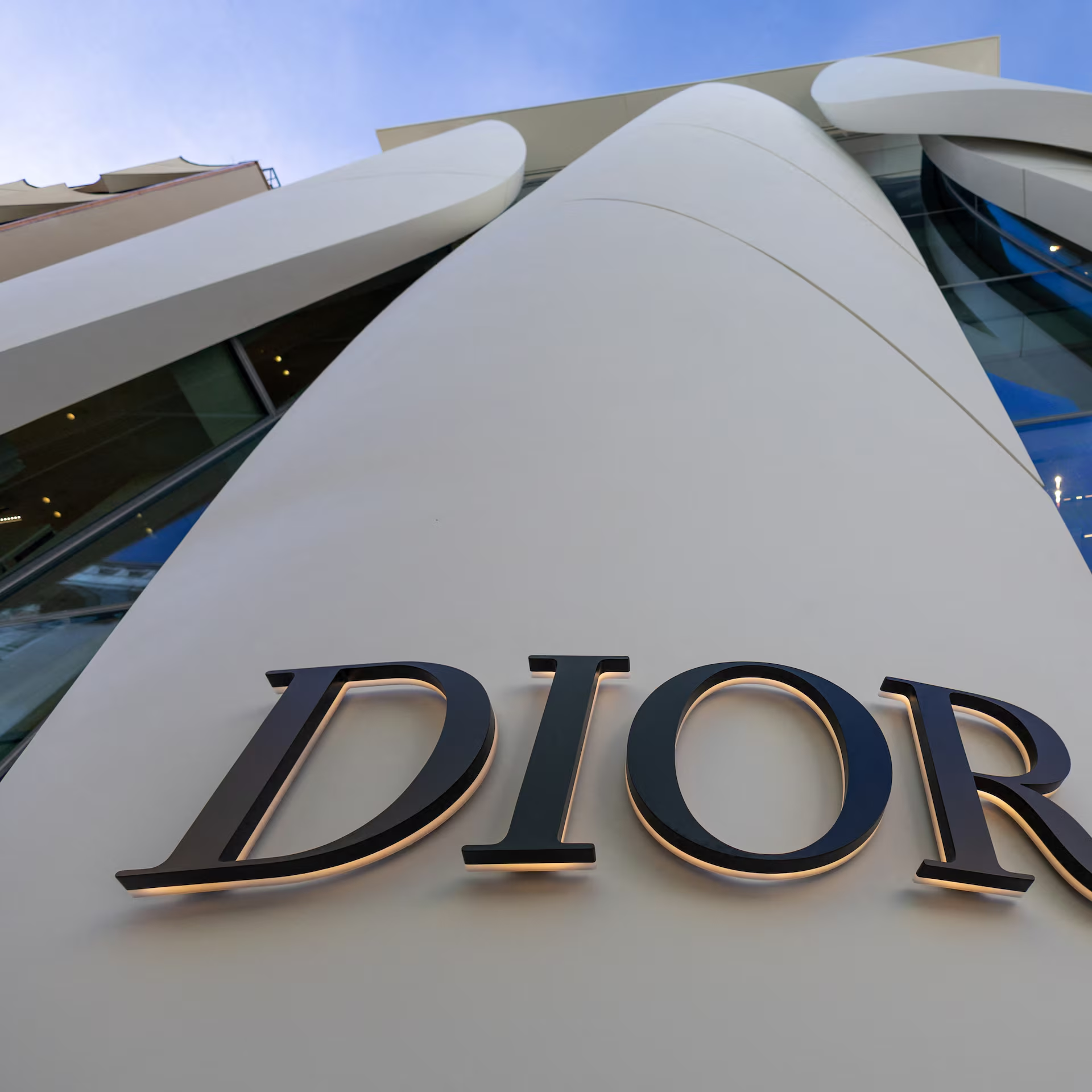China’s homegrown cosmetics industry is in the midst of a global breakout — and the numbers tell the story.
By the end of 2023, Chinese beauty exports to South Korea surged 190%, totaling $152 million, more than triple the figure from the previous year. In Japan, exports crossed $121 million, marking a steady 80% growth since 2018. Southeast Asia is also becoming a key battleground: across Indonesia, Malaysia, the Philippines, Thailand, Singapore, and Vietnam, Chinese cosmetics worth $489.6 million were shipped — up 38% year-on-year.
Zoom out, and the broader picture is even more telling: China exported nearly $7.6 billion worth of cosmetics in 2023, doubling its export value over the past decade.
What’s Driving This Growth?
The answer lies at the intersection of cross-border e-commerce, social media virality, and Gen-Z price sensitivity.
Four dominant Chinese platforms — Shein, Temu, AliExpress, and TikTok Shop — are now reshaping how consumers across Asia discover and buy beauty products. In South Korea, Temu and AliExpress have topped iOS shopping app downloads for months, while monthly active users on Temu have multiplied sevenfold in just a quarter.
In Southeast Asia, Shopee, Lazada, and TikTok Shop are leading the charge — with Chinese beauty brands taking full advantage of the e-commerce wave.
From Clicks to Counters: Chinese Brands Go Omnichannel
Popular Chinese brands like Florasis, Perfect Diary, Into You, Focallure, Flower Knows, and Colorkey are going global — and doing so with a hybrid strategy. Many have launched flagship stores on global e-commerce platforms, but some are even going offline. Florasis, for example, made a bold entry into Tokyo’s prestigious Isetan department store, after hosting local flash mobs to boost brand visibility.
This omnichannel approach is key to building deeper market penetration — combining digital-first marketing with physical presence where needed.
The Power of TikTok, Price, and Product Identity
Chinese makeup is carving a distinct identity from its Korean and Japanese counterparts. While J-beauty and K-beauty traditionally emphasize “innocent” and “cute” aesthetics, Chinese brands project a more mature, confident, and elegant tone, resonating with urban millennial and Gen-Z women.
But it’s not just the branding — it’s also the price point.
Where a L’Oréal mascara might cost $10 on Amazon, Guangzhou-based brand O.Two.O sells a bestseller on AliExpress for just $1. And in price-sensitive markets like Indonesia, Malaysia, and Vietnam, Chinese products priced under $2 are dominating eye makeup sales.
Combine that with short-form content on TikTok and savvy influencer collaborations, and the result is a recipe for viral success.
Strategic Takeaways for Global Brands
China’s cosmetics surge isn’t just a regional success story — it’s a case study in digital disruption and cultural localization. Here’s why this matters:
- Cross-border e-commerce isn’t a trend; it’s infrastructure. Platforms like Temu and TikTok Shop are becoming the default discovery engine for beauty.
- Brand storytelling and packaging now matter as much as product quality — especially in categories like color cosmetics, where emotion and identity drive sales.
- Value pricing is not a race to the bottom — Chinese brands are mastering the art of “affordable luxury” with design-forward packaging, targeted content, and rapid trend responsiveness.
Final Word
As China’s beauty giants expand their reach across Asia, they’re not just selling products — they’re exporting a new style of commerce, one that merges affordability, cultural relevance, and cutting-edge digital execution.
The rest of the beauty world — from Paris to Seoul — would be wise to watch closely.


